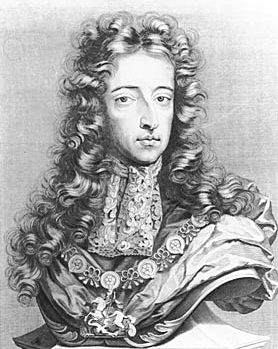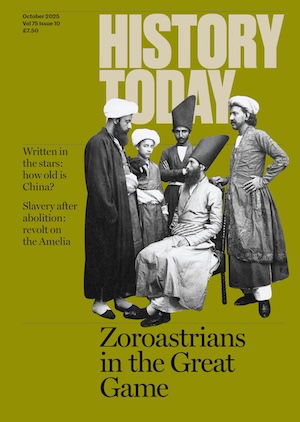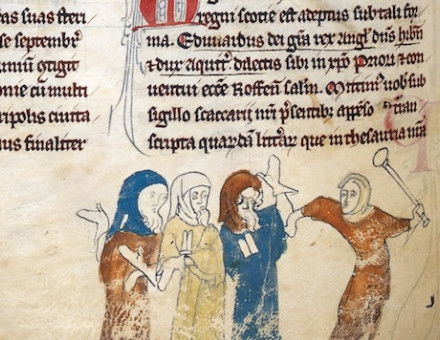Birth of William of Orange
The future king of England was born in his family's court at The Hague on November 4th, 1650.
 The future William III of England was born on his mother’s nineteenth birthday in an atmosphere of profound funereal gloom. The baby’s father had died of smallpox only eight days before and the room in the Binnenhof, the inner court of the family’s house at The Hague, was draped in black. The young widow and her attendants were all in deep mourning and the bed and even the cradle were swathed in black. The child was born between eight and nine at night and crowds gathered in the streets to celebrate. Fireworks soared and poets hastily scribbled verses about a new fruit on the orange tree. Inside the Binnenhof a sudden draught in the birth-chamber put out all the candles.
The future William III of England was born on his mother’s nineteenth birthday in an atmosphere of profound funereal gloom. The baby’s father had died of smallpox only eight days before and the room in the Binnenhof, the inner court of the family’s house at The Hague, was draped in black. The young widow and her attendants were all in deep mourning and the bed and even the cradle were swathed in black. The child was born between eight and nine at night and crowds gathered in the streets to celebrate. Fireworks soared and poets hastily scribbled verses about a new fruit on the orange tree. Inside the Binnenhof a sudden draught in the birth-chamber put out all the candles.
Descendants of the German Counts of Nassau settled in the Netherlands and in 1544 had inherited the minor principality of Orange in southern France. Willem Henrik, the new baby, would be the last direct male descendant of his great-grandfather, William the Silent, indomitable leader of the Protestant Dutch of the United Provinces of the Netherlands in their struggle for independence from Spain. The baby’s mother was an English princess, Mary Henrietta Stuart, eldest daughter of Charles I. Her father had been executed in Whitehall the year before.
A formidable maritime and commercial power, the Dutch republic was a federation of seven largely autonomous provinces. The salaried chief executive, the stadholder, had limited powers, but potentially considerable influence, and usually commanded the army and navy as captain-general. The house of Orange had been stadholders for generations, but the office was not hereditary and the baby did not succeed to it. From his first breath he was caught in the antagonism between his mother, who found Holland a bore and thought she had married beneath her, and her mother-in-law, Amalia of Solms-Braunfeldt, who detested Mary Henrietta. It is scarcely surprising that William grew up deeply reserved and a lifelong prey to asthma.
A delicate baby, his life was initially despaired of. His mother wanted him christened Charles, after her much-loved dead father, but her mother-in-law would have none of it. Furious, Mary refused to attend the christening at the Groote Kerk in the January snow. Strict mourning still prevailed and the child was wrapped in a black cloak against the cold. He survived somehow and was lively and intelligent, though undersized - he never grew much above 5ft 6in. There’s an apocryphal story of one of his teachers showing him the British Isles on a map and saying they were a little world of their own. William said he would like a little world like that for himself and when the teacher asked him what he would do with it, the boy said, ‘Just give it to me and I’ll show you.’
The affairs of the United Provinces were in the hands of Johan de Witt, while young William lived quietly with his mother, though she was often away. At the age of nine he was sent off to Leiden to be educated as a future head of state. His mother died of smallpox a year later on Christmas Eve 1660, on a visit to England. When he was told, he fell into a passion of grief and an alarming asthmatic attack, and all his life he cherished her memory. Trained in affairs of state by de Witt, at twenty-one he was appointed captain-general and stadholder by popular demand in face of the invading French and in the end decisively defeated them. In 1677 he married his cousin Mary Stuart, daughter of the future James II of England. This was the alliance that a dozen years later would bring him to the English throne.




